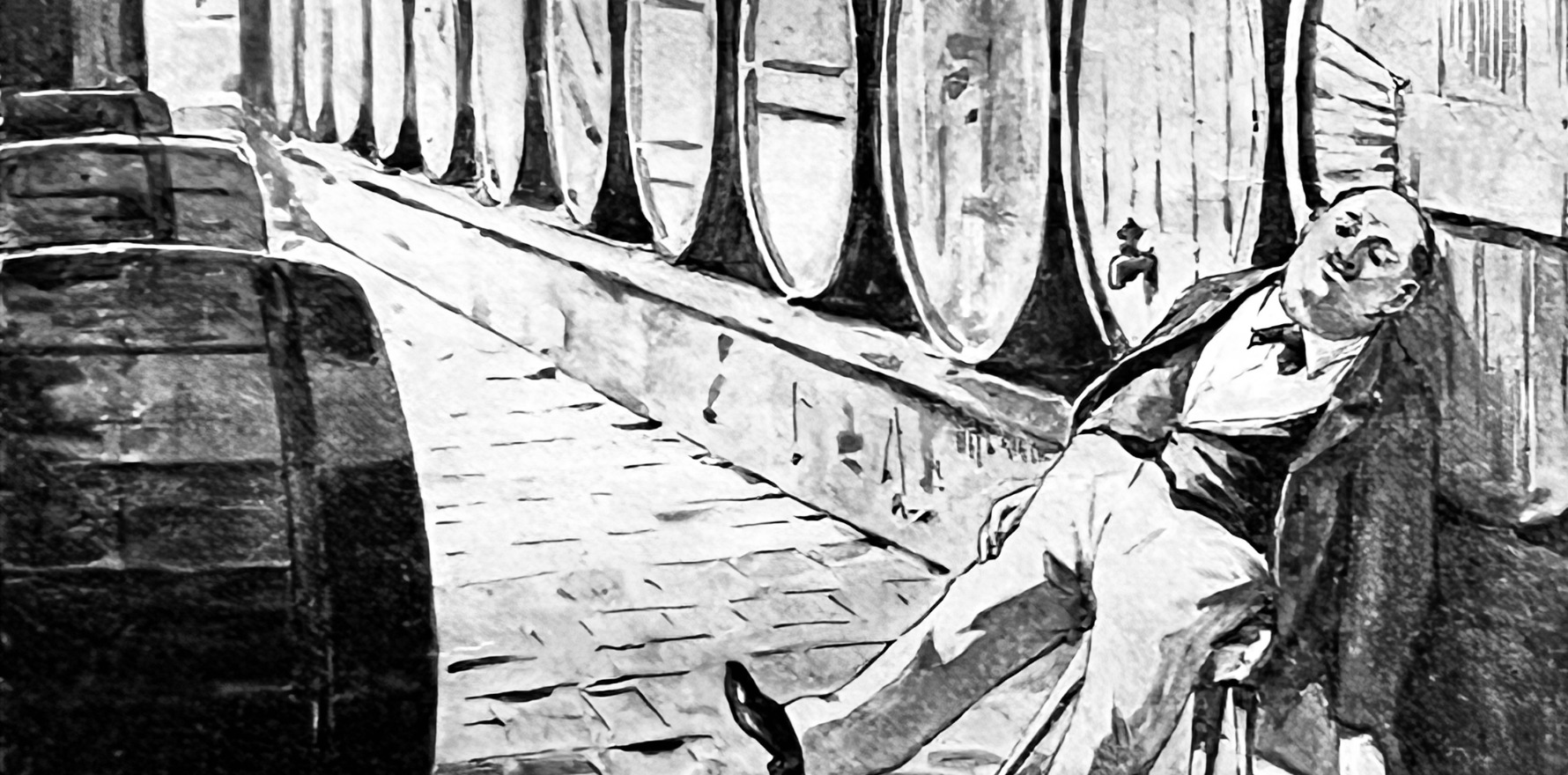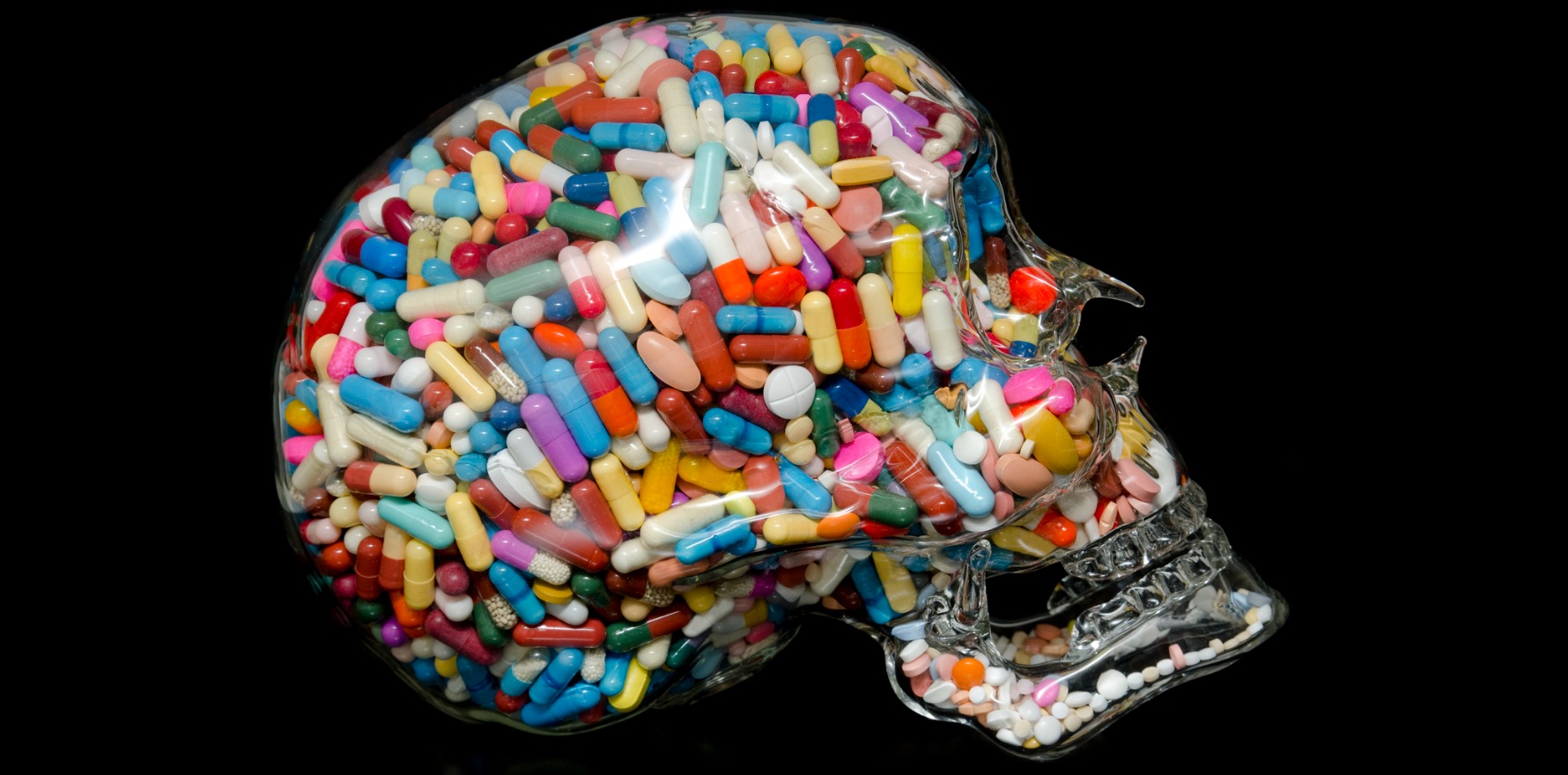New research out of Adelaide predicts the national program offering free overdose-reversal drugs will help states save millions in admissions.
Before the federal government’s free take-home naloxone program was introduced, South Australia was spending about $6 million each year on opioid toxicity-related admissions.
According to Australian research published earlier this year in Drug and Alcohol Review, more than half the admissions lasted longer than 24 hours, and one in five patients were admitted for five days or more.
Another 22% required intensive care, and 10% required mechanical ventilation.
Greater naloxone access in the community, therefore, has the potential to not only save lives in the pre-hospital setting, but also save money and hospital resources.
“We still want people to go to hospital – if they have required naloxone, you should certainly still call an ambulance and go to the hospital,” co-author Dr Jacinta Johnson, a University of Adelaide pharmacy researcher, told The Medical Republic.
“The actual number of admissions may not decrease a huge amount, but we hope that the severity of those admissions would be much less [if there was wider naloxone use].
“People might stay in hospital for less time, with less people requiring ICU and less people requiring ventilation.
“We might see that people actually just come to the emergency department and can be treated there if they’ve had naloxone really early as well.”
The retrospective review looked at a total of 2046 admissions between 2017 and 2020.
Related
Over that time period the state spent more than $18 million on admissions related to opioid toxicity, excluding costs related to ambulance and emergency department services; these were estimated to represent a further $2.2 million per annum.
The Commonwealth launched a pilot providing free access to take-home doses of naloxone in late 2019; given SA hospital participation was limited, the authors said the sample largely represents a pre-naloxone baseline.
In the first financial year of the pilot being made permanent, Dr Johnson said that 8000 units of the opioid-reversal drug had been supplied across South Australia.
This doubled in the 2023-24 financial year.
“Awareness is growing and more and more people are learning about naloxone and realising the benefits of keeping it on hand,” Dr Johnson said.
A handful – about 1% – of the admissions captured by the study involved accidental overdoses in children aged 10 years or younger who had accessed a caregiver’s medication.
Dr Johnson said GPs can talk about the free naloxone program with any patients who were prescribed opioids.
“We’re really advocating [that the program is] not just for people with a history of misuse of opioids, but even people just taking strong opioids for pain,” she said.
“It’s really common that we hear people are taking their usual amount, and then something happens where they’ve had a really bad day and their pain is particularly worse, so they take an extra dose.
“Not because they’re trying to misuse it, but just because they feel they need [more] to cope, and that can be enough to put them over into that toxicity zone.”
The same thing, she said, goes for older people and people with cognitive issues.
The Department of Health and Aged Care keeps an interactive map showing the locations of take-home naloxone providers across the country.





